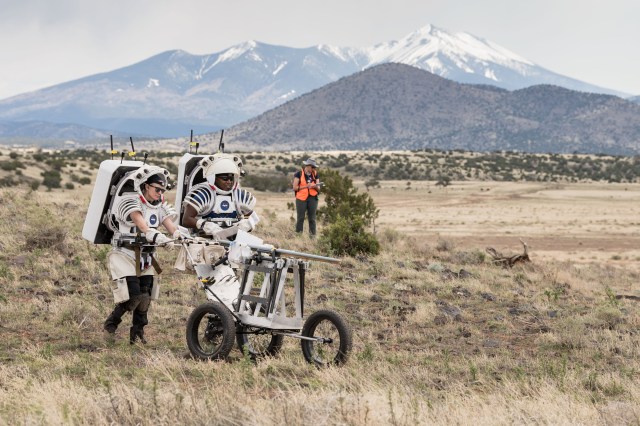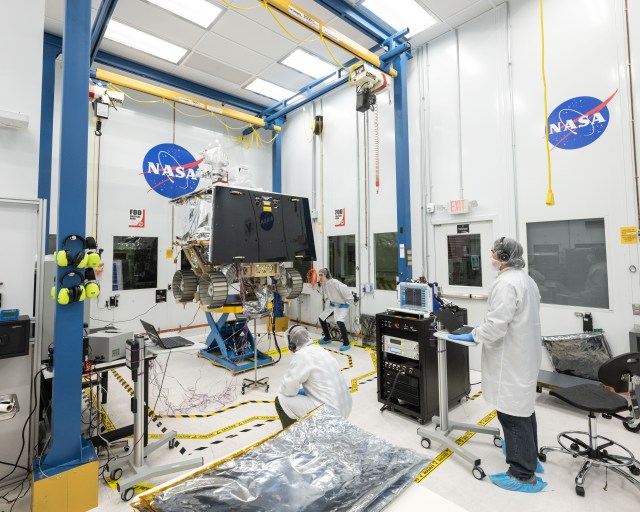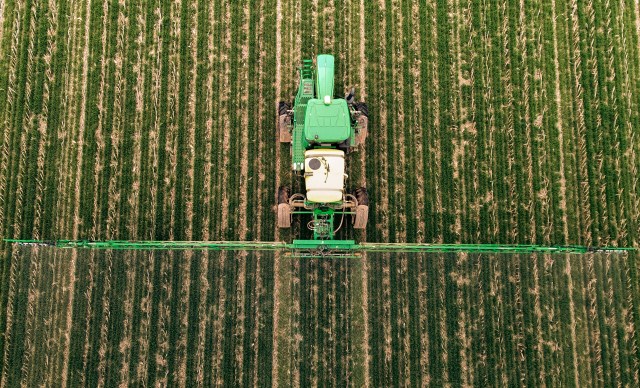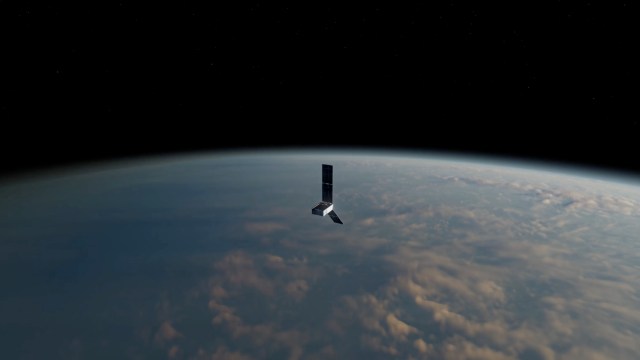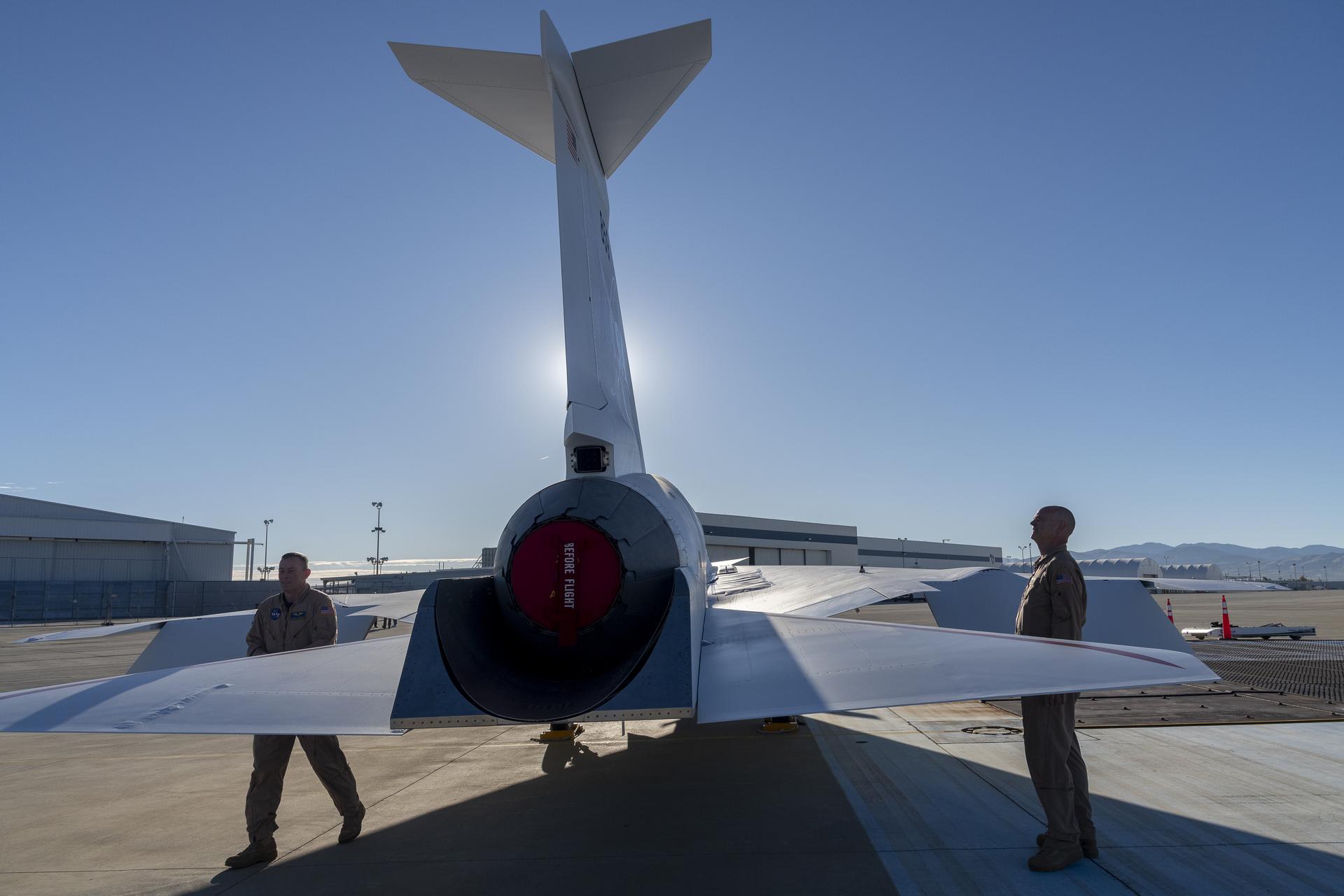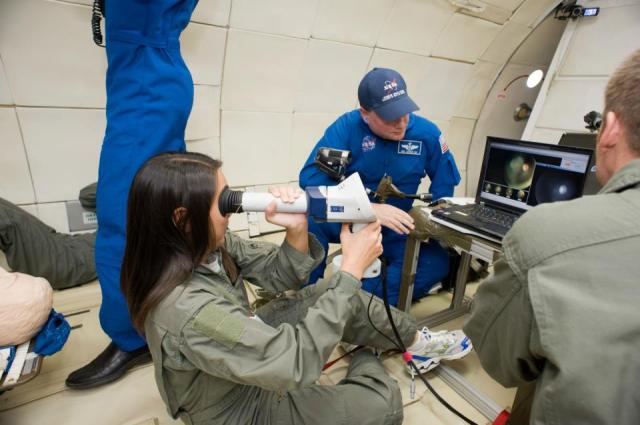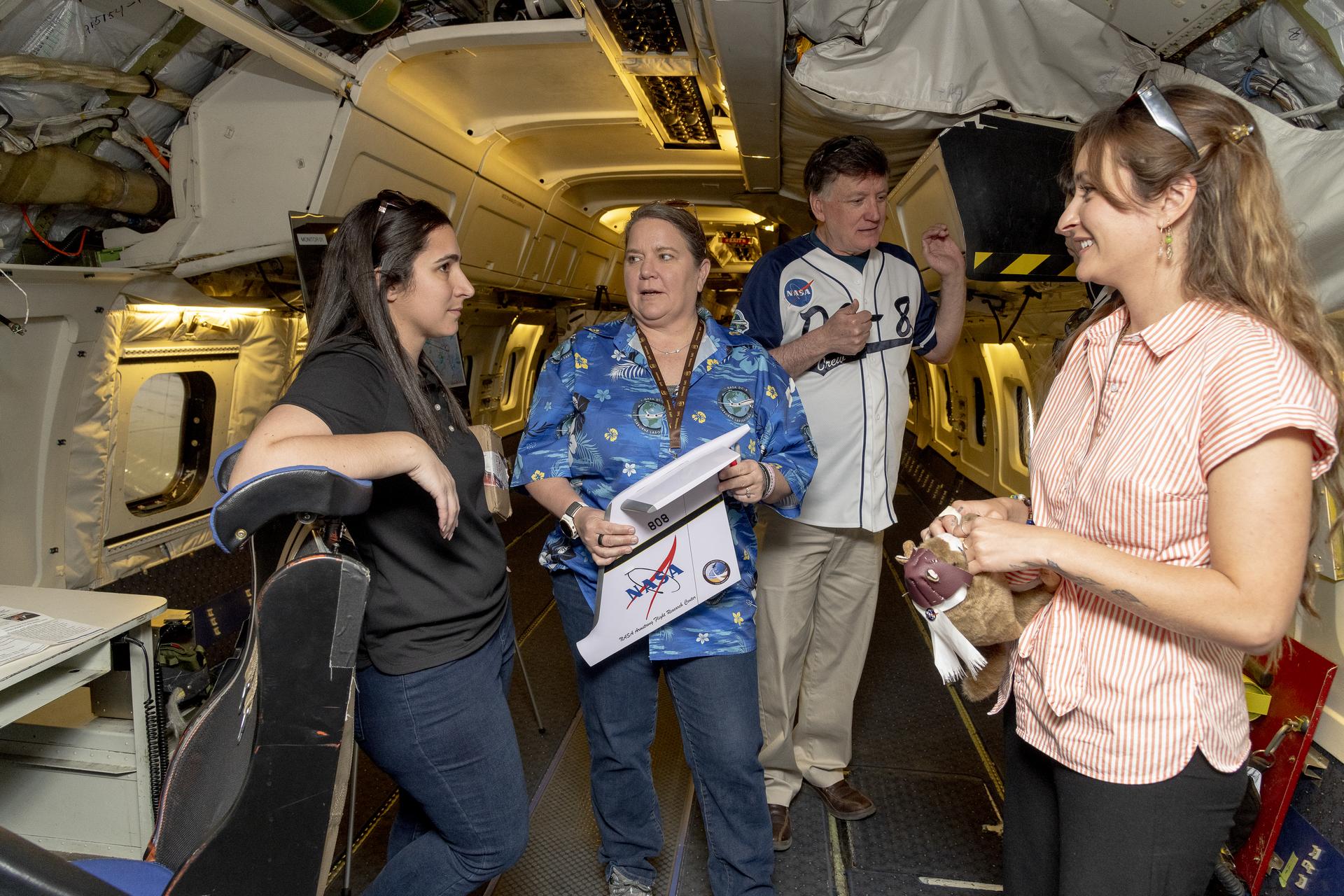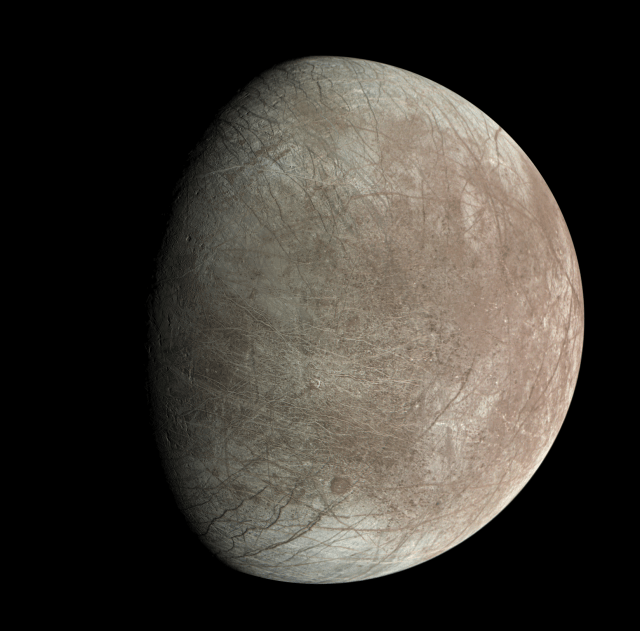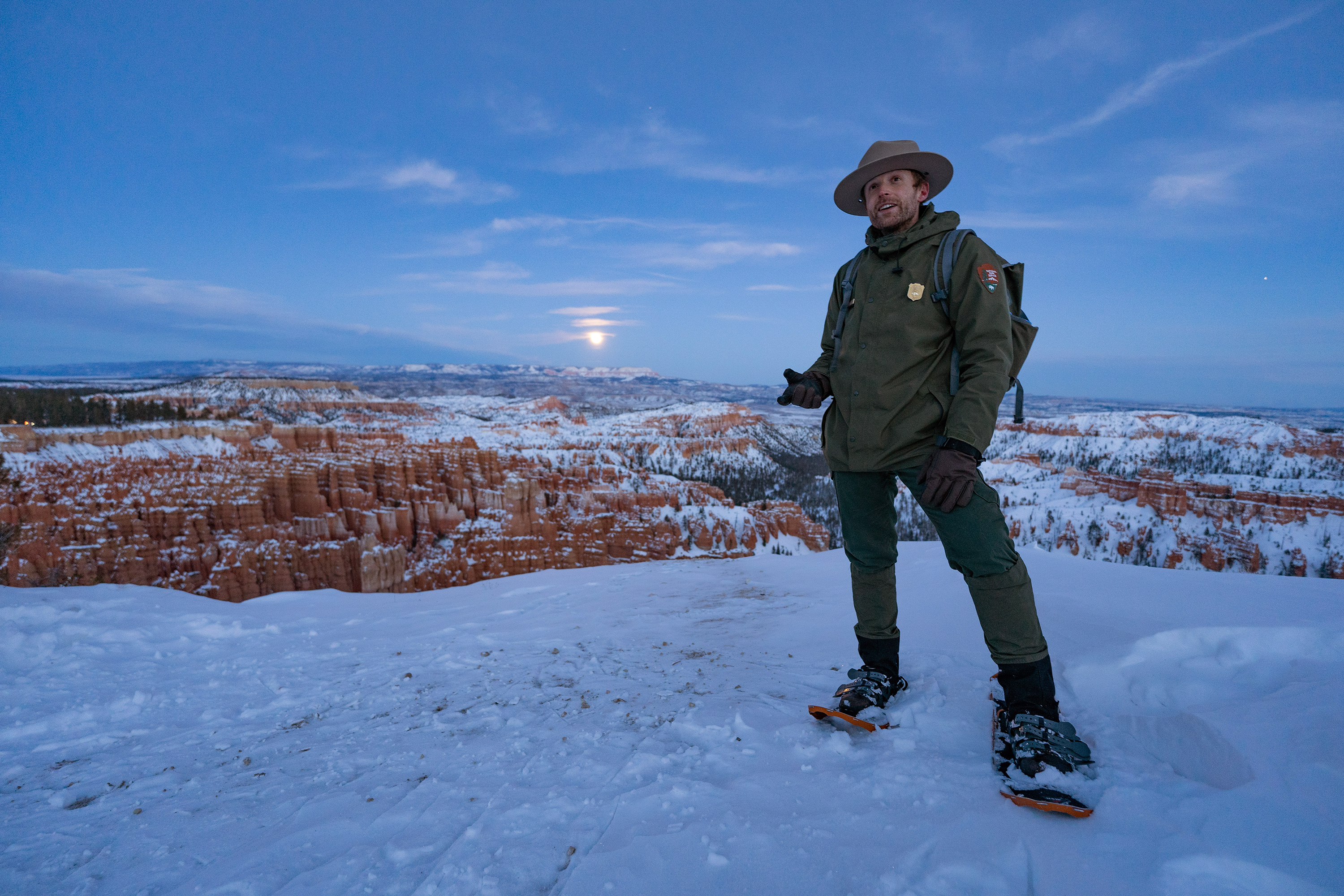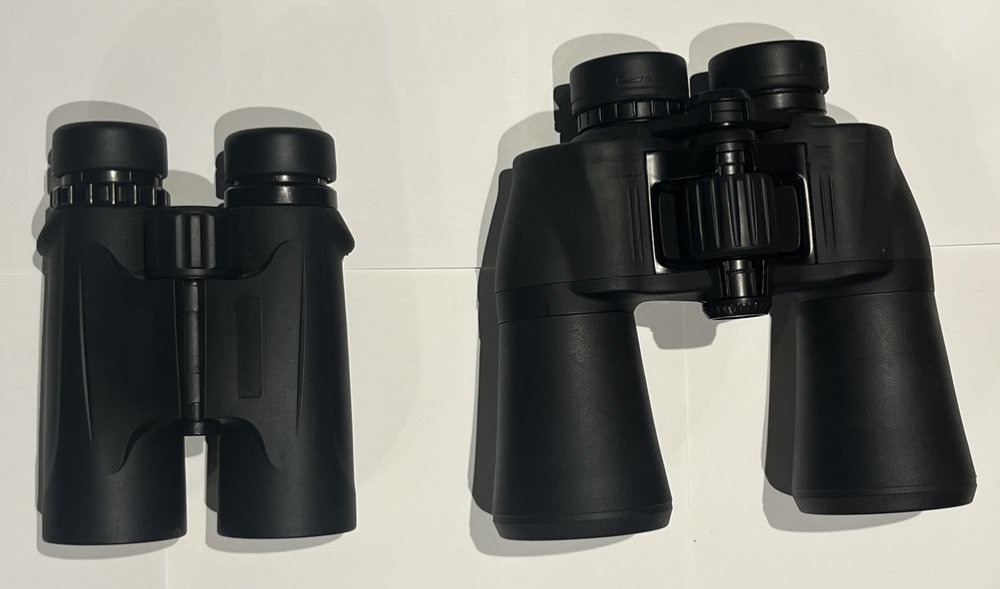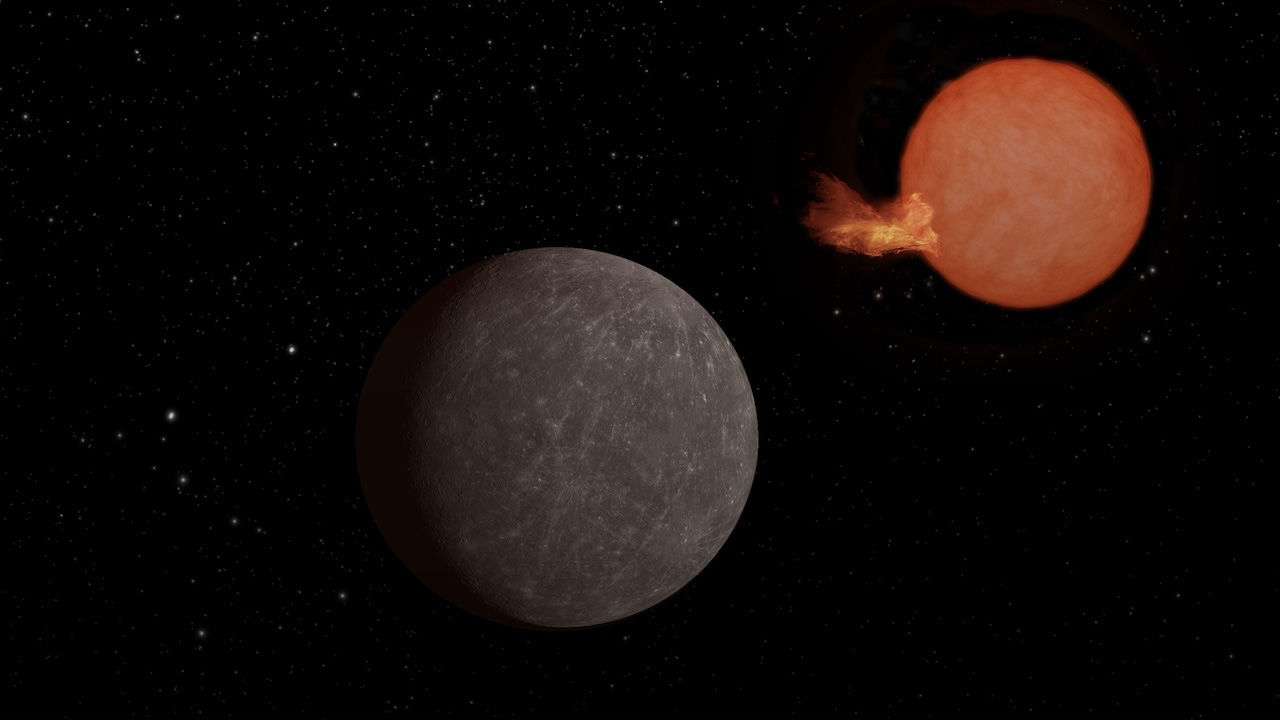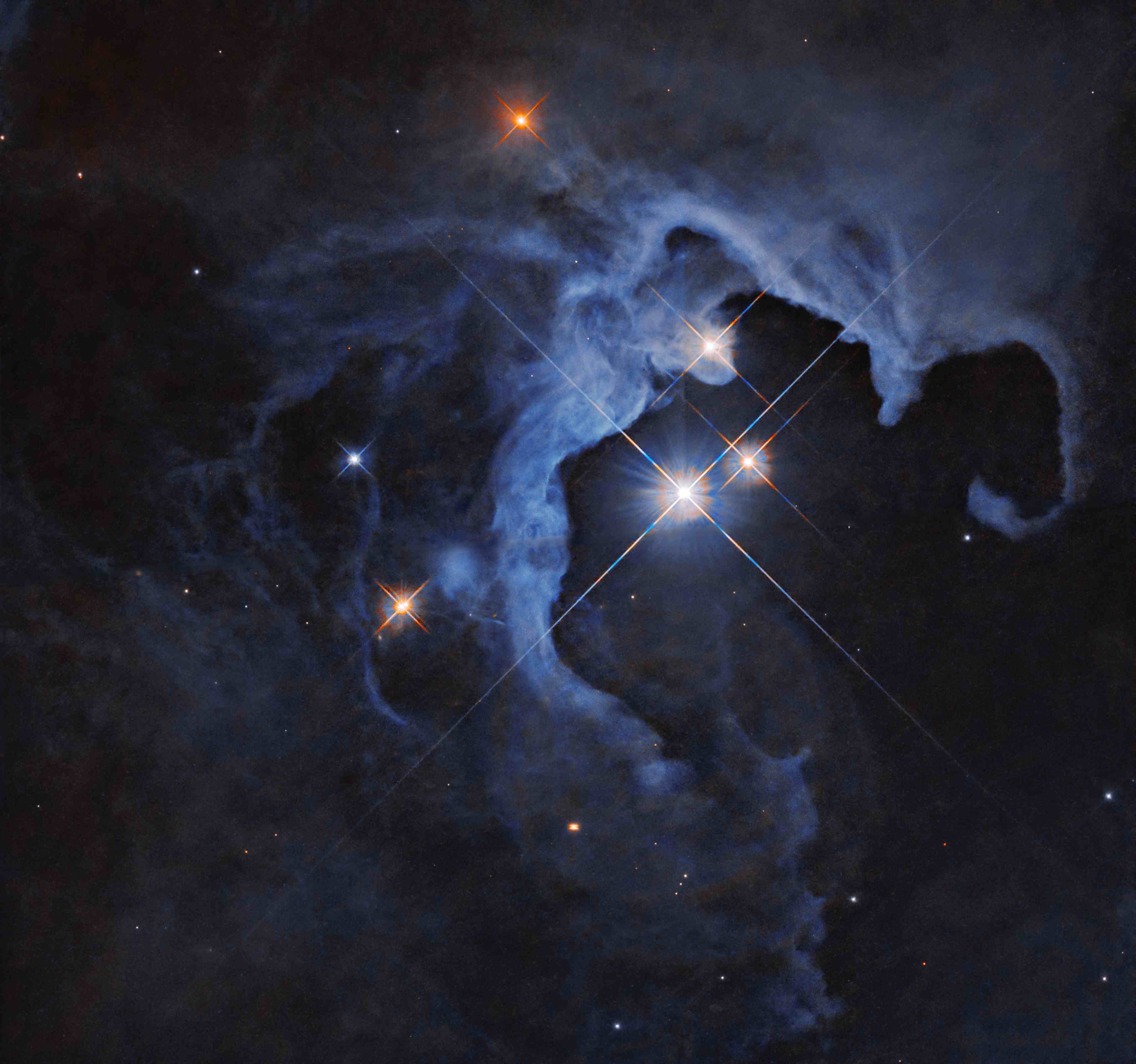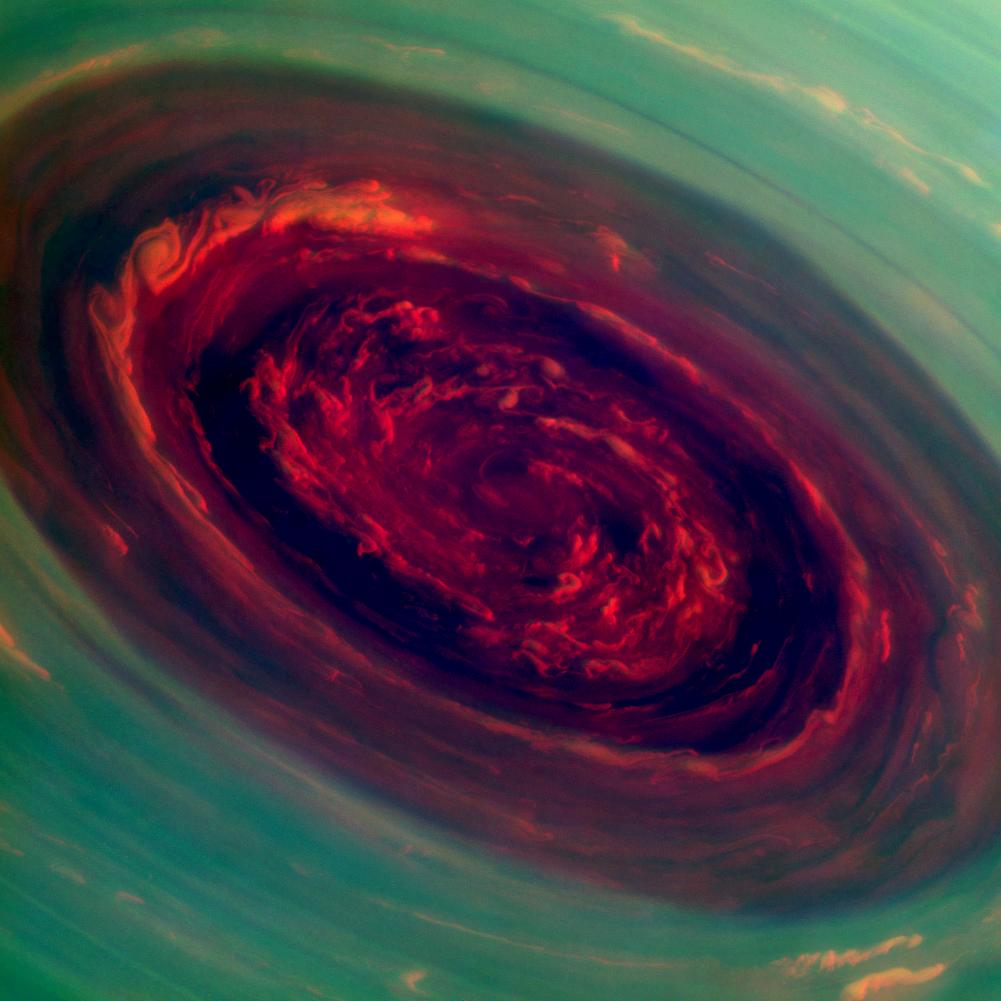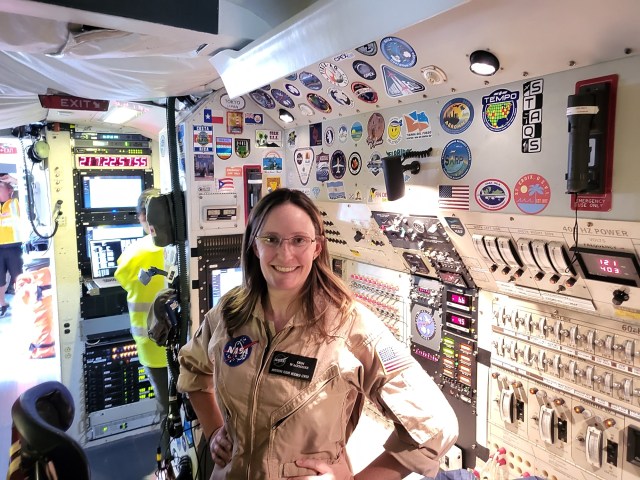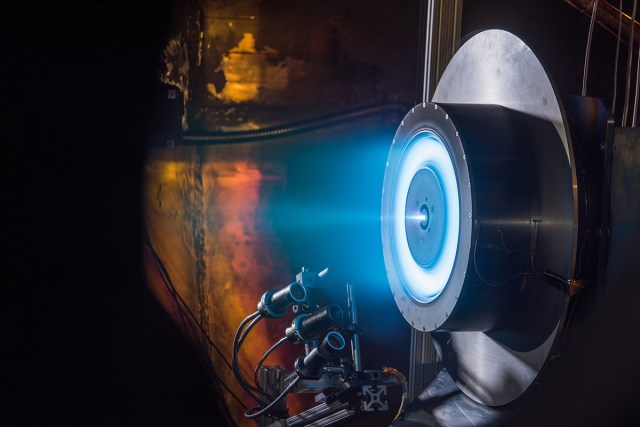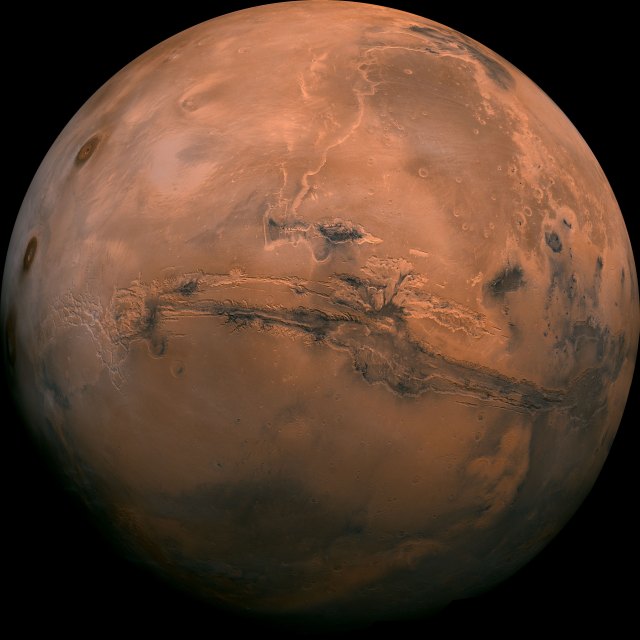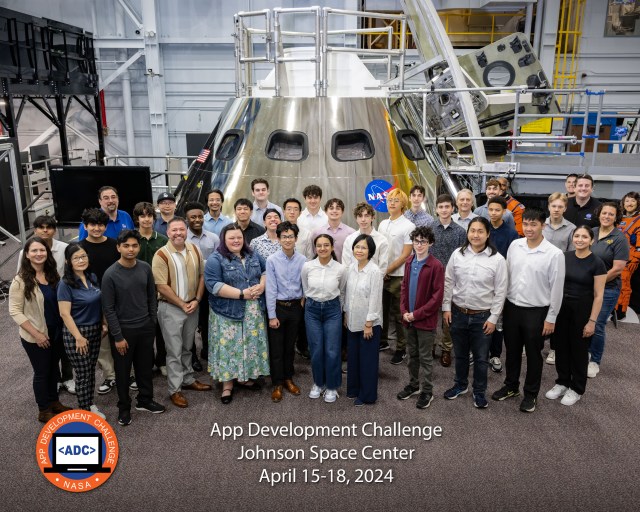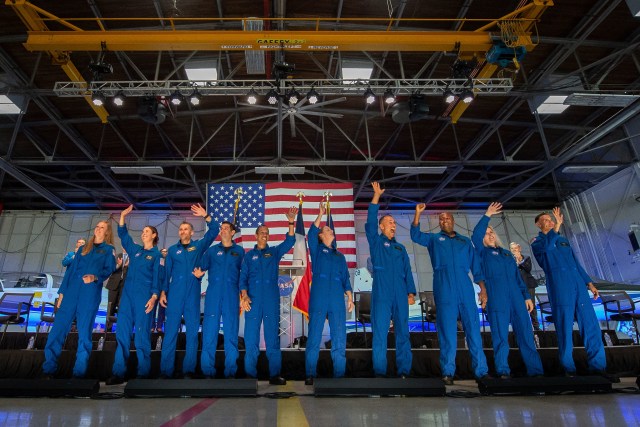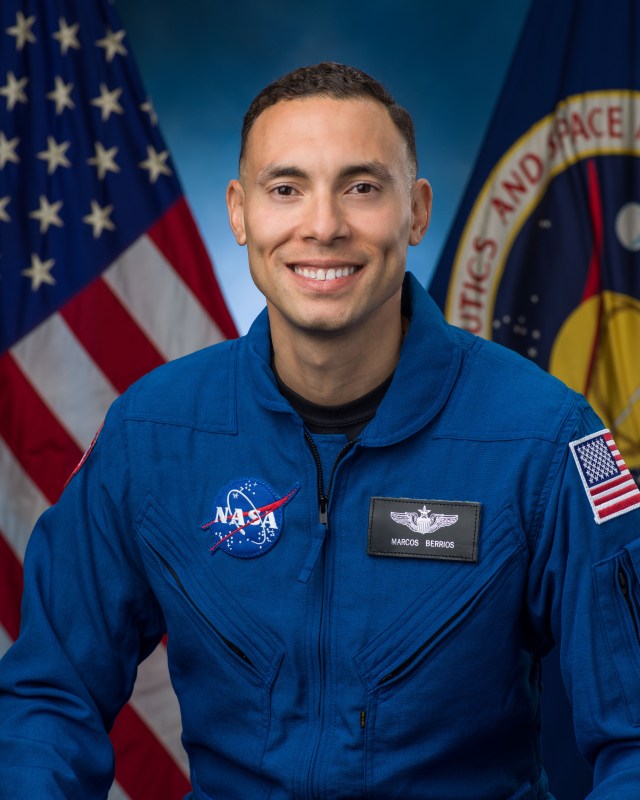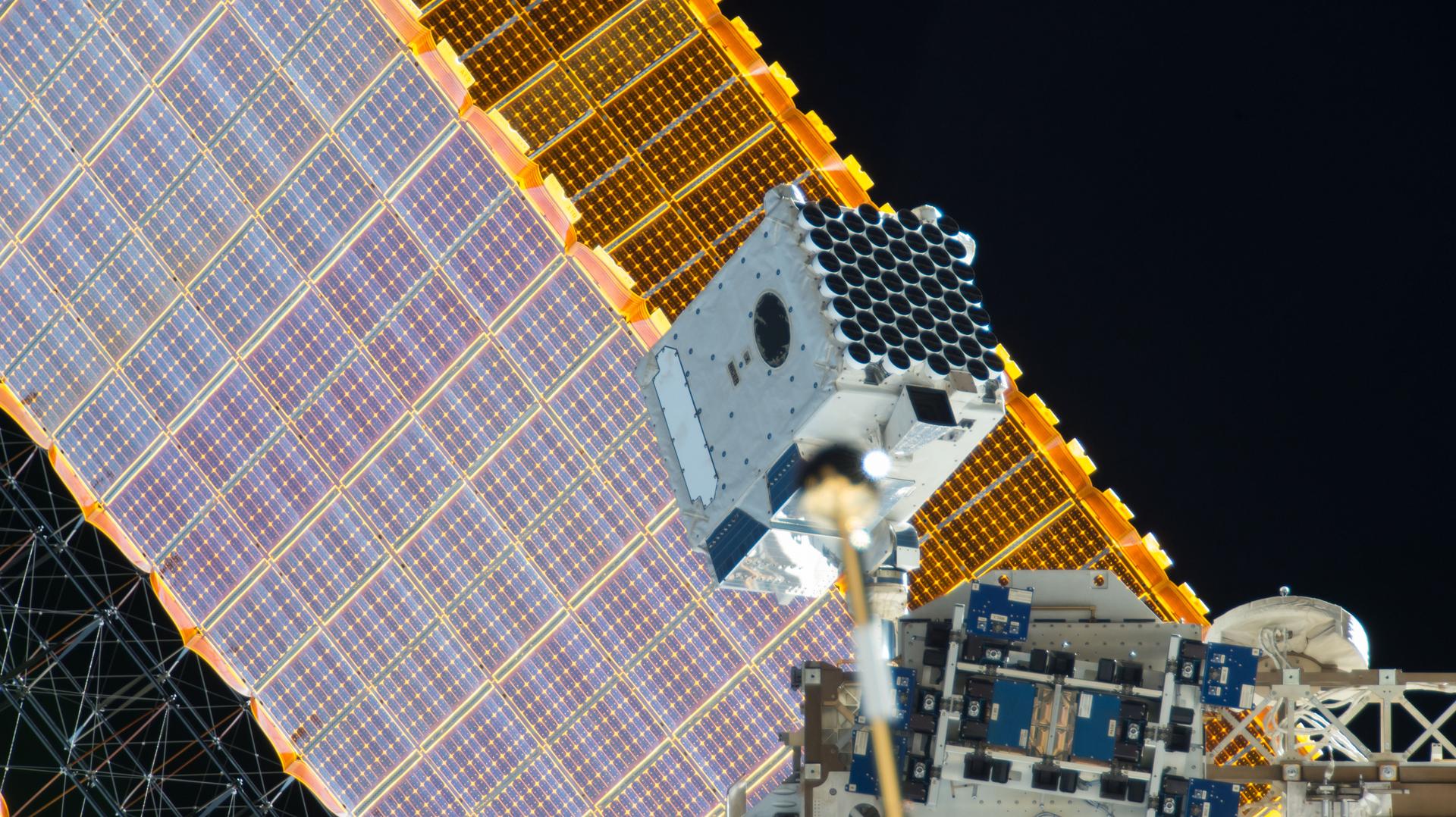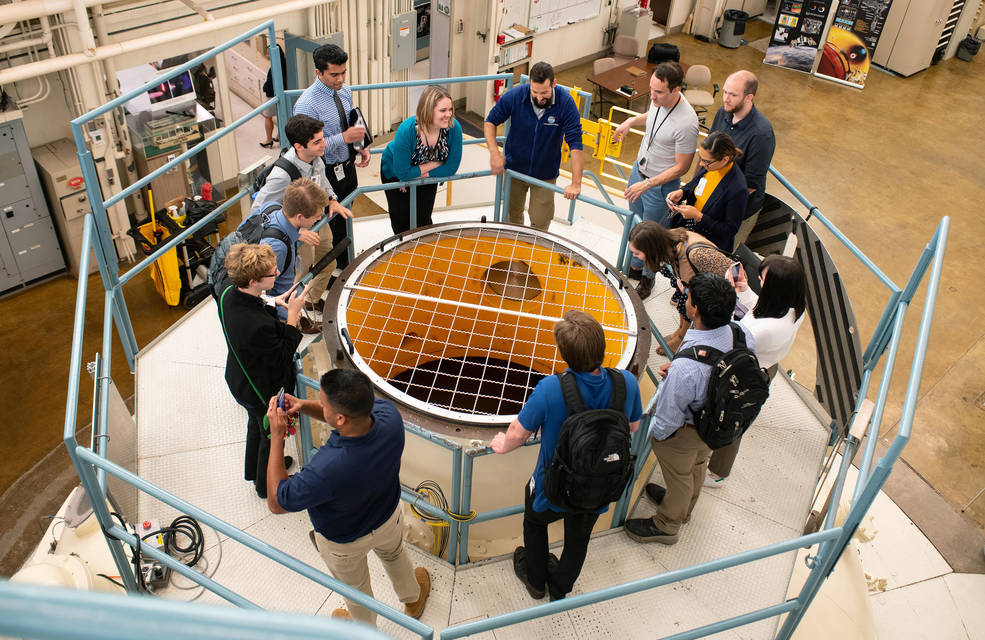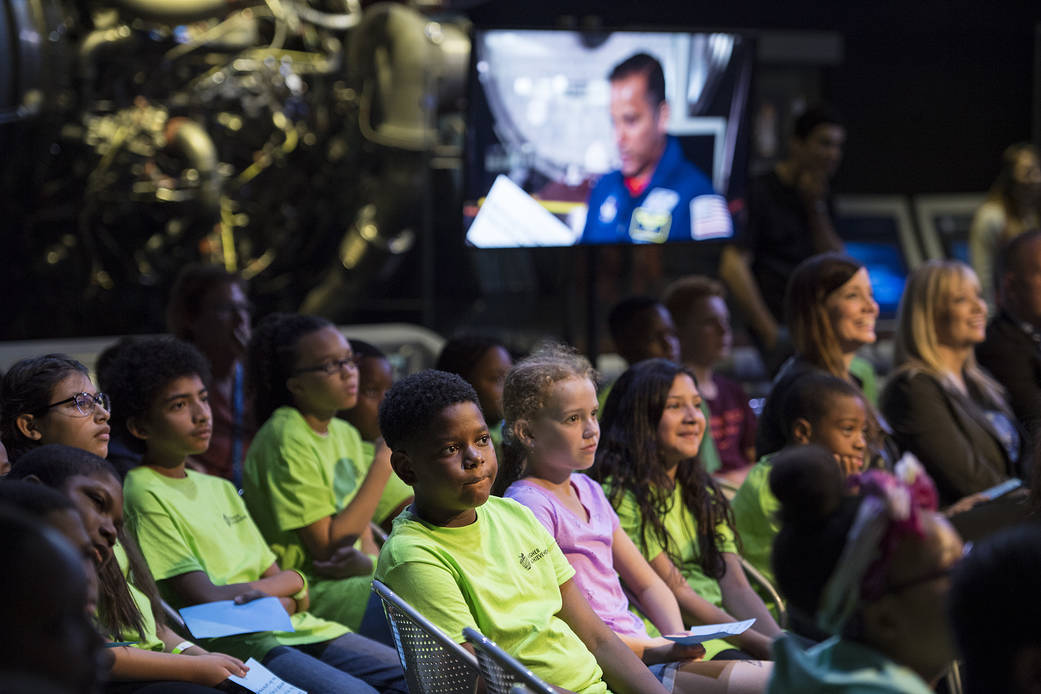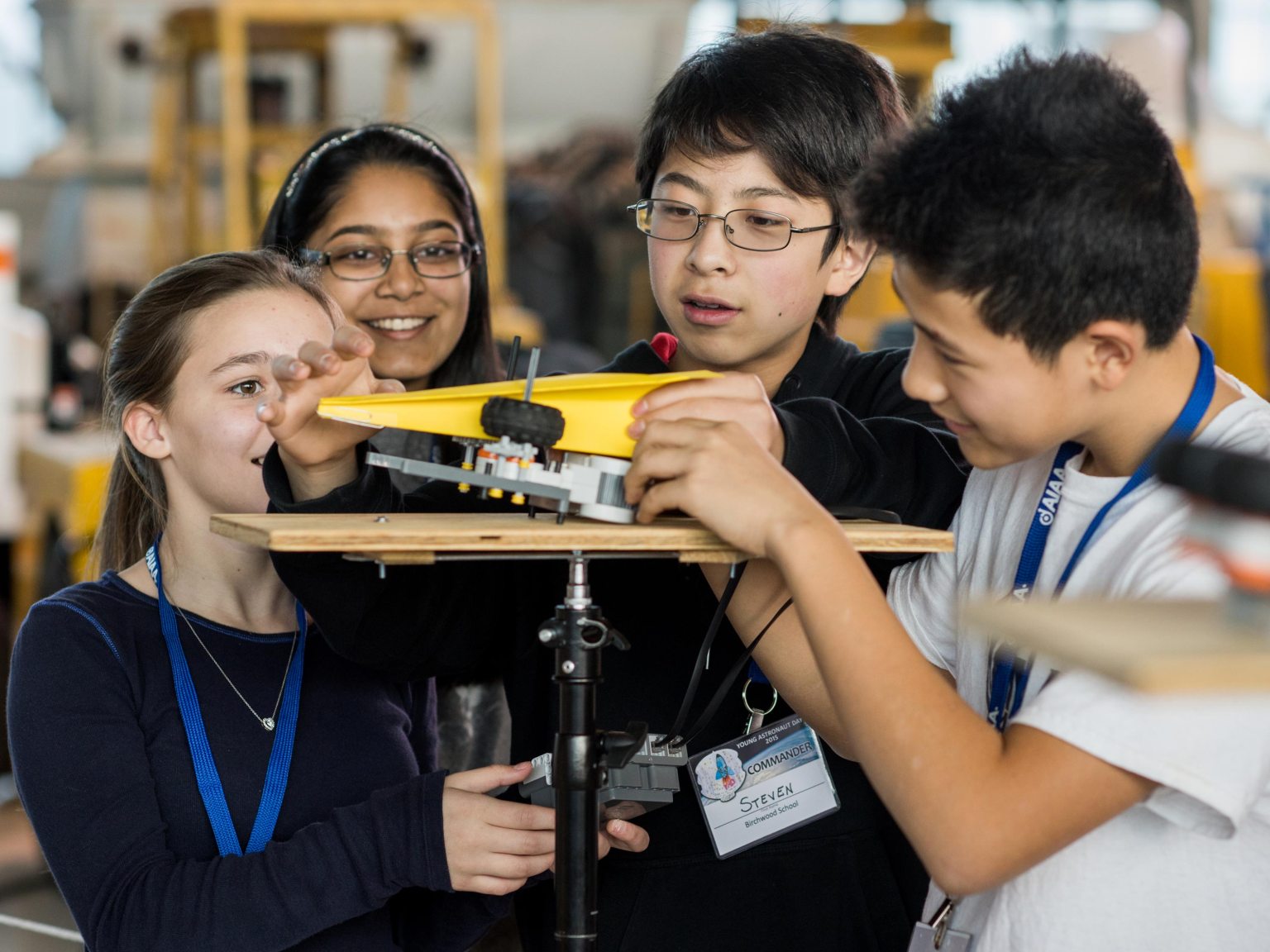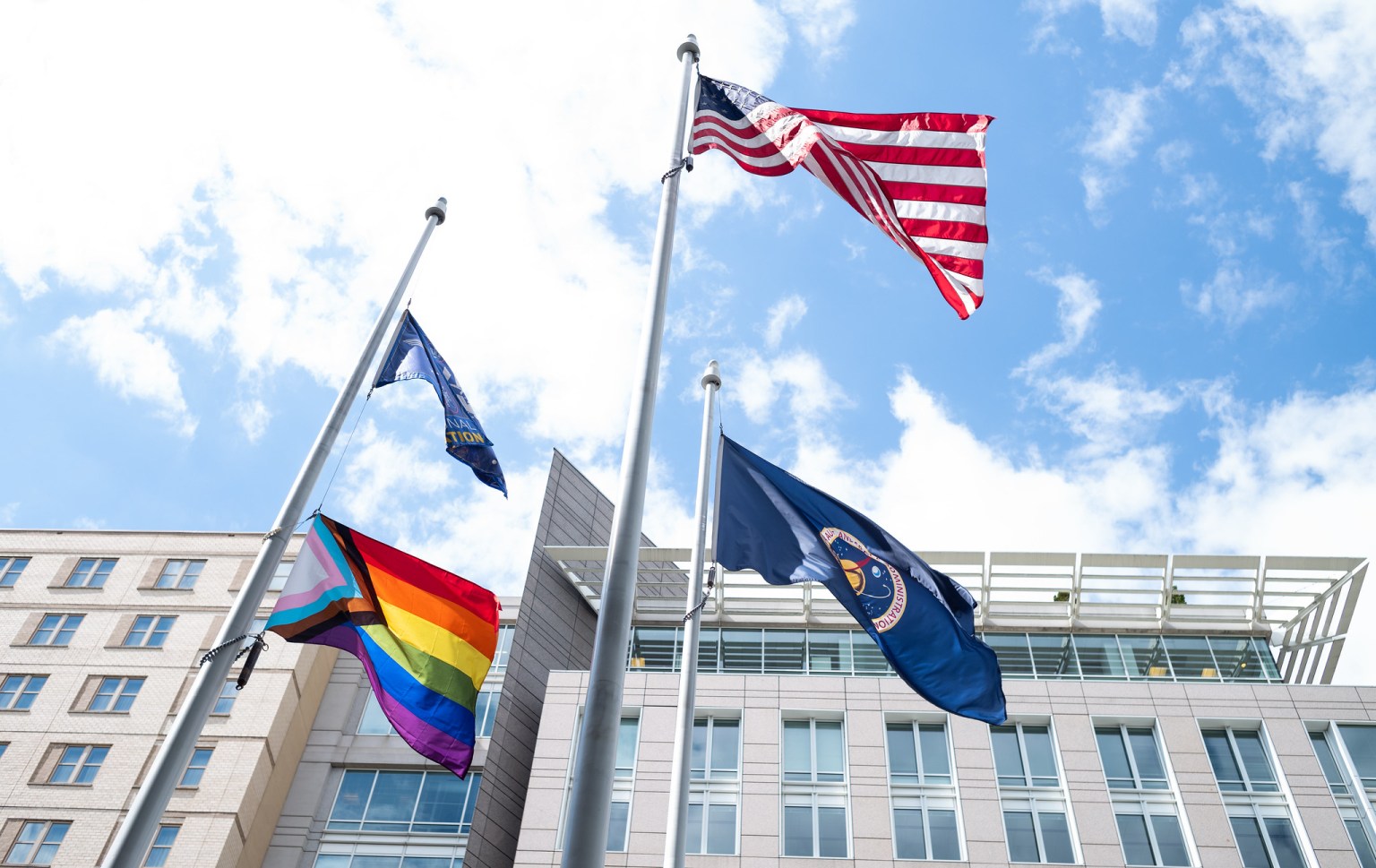This site supports the information NASA provided in Appendix 6 of the 2022 CoSTEM Annual Progress Report. As NASA prepares to land the first woman, first person of color, and many new research payloads on the Moon, NASA will continue to inspire young explorers, scientists, and technologists – the Artemis generation – who will lead our future skilled STEM workforce. NASA STEM Engagement opportunities aim to strengthen STEM education through inspirational missions and collaboration with stakeholders. The scope of our STEM engagement comprises all endeavors to attract, engage, and educate students and support educators and educational institutions. The national STEM ecosystem will benefit from NASA contributions to attract and retain students on STEM pathways, with increased attention on underrepresented and underserved students. NASA is positioned to make valuable contributions in the Federal sector by providing mission-driven opportunities which help to develop that vibrant and diverse next-generation STEM workforce.
In FY21, NASA’s portfolio of STEM engagement activities and opportunities was supported by six investments highlighted in the CoSTEM Progress Report:
Investments Funded by NASA’s Office of STEM Engagement
- MUREP, The Minority University Research and Education Project
- Next Gen STEM
- Space Grant, The National Space Grant College and Fellowship Project
Investments Funded by NASA’s Science Mission Directorate
- GLOBE, The Global Learning and Observations to Benefit the Environment Program
- Robotics Alliance Project
- Science Activation
NASA’s work in STEM engagement is ultimately focused on serving learners. However, NASA works with a wide variety of educators and educational institutions in order to effectively reach students, including K-12 teachers, teacher leaders and schools; informal STEM learning institutions (such as museums, planetariums, parks, etc.); college and university faculty and staff; institutions of higher education; non-profit organizations; and local, state, tribal, and national government organizations. NASA’s STEM engagement efforts work with a diverse portfolio of organizations, institutions, and individuals in order to reach learners across the nation, with particular attention to those organizations that may help NASA reach populations that have traditionally been underrepresented or underserved.
NASA’s Investments in STEM Engagement
NASA’s investments in STEM engagement are able to collect and report information about the organizations and individuals they support in varying ways. Below are brief descriptions of each investment, along with additional information about the impact of these investments and the stakeholders/participants they serve.
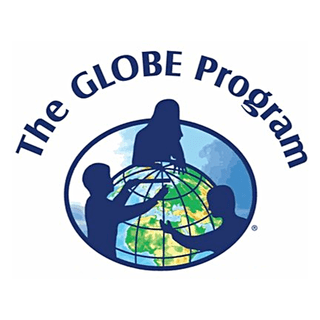
GLOBE (The Global Learning and Observations to Benefit the Environment Program)
The GLOBE Program is a worldwide science and education program that provides opportunities to better understand, sustain, and improve Earth’s environment at local, regional, and global scales. GLOBE provides opportunities for students, educators, scientists, members of the public, and partners to participate in data collection and the scientific process. Through activities such as measurement campaigns using GLOBE’s 40+ scientific protocols, GLOBE participants contribute to our understanding of the Earth system and the global environment. The GLOBE Program provides support for data storage and visualization, as well as curated educational materials in multiple languages. The program also dedicates resources for student research symposia, meetings, and learning expeditions, all of which enable the exchange of ideas, collaboration, and mutual understanding and appreciation among participants in 125+ GLOBE countries around the world.
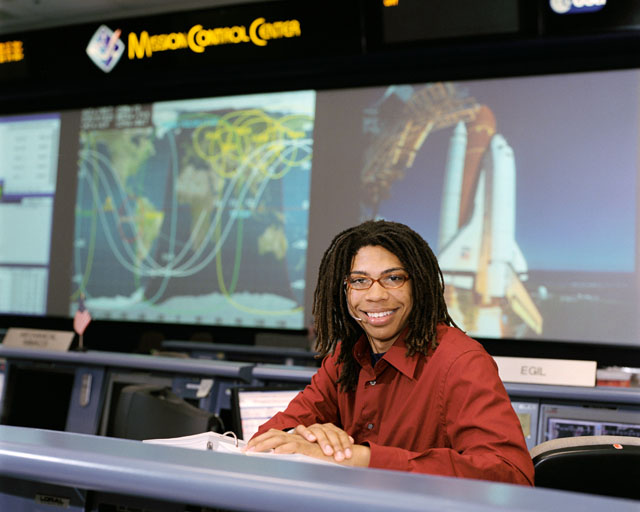
Minority University Research and Education Project
Through MUREP activities, NASA supports Historically Black Colleges and Universities (HBCU), Hispanic Serving Institutions (HSI), Asian American and Native American Pacific Islander Serving Institutions (AANAPI), Tribal Colleges and Universities (TCU), and other minority serving institutions, through multi-year research grants. Additionally, MUREP provides internships, scholarships, fellowships, mentoring, and tutoring for underserved and underrepresented learners in K-12, informal, and higher education settings.
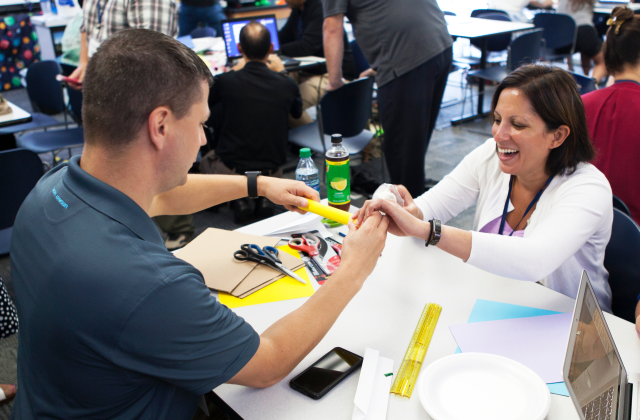
Next Gen STEM
Next Gen STEM is a project of NASA’s Office of STEM Engagement whose mission is to spark and sustain interest in STEM in students in grades K-12, by connecting students and their formal and informal educators to NASA’s endeavors in exploration and discovery. Next Gen STEM creates, delivers and curates NASA STEM products and experiences that make connections to NASA and fuel STEM learning and identity.

Robotics Alliance Project
NASA’s Robotics Alliance Project (RAP) is dedicated to increasing interest in engineering, technology, science, and mathematics disciplines among youth in the United States. RAP’s goal is to create an inspired, experienced, technical workforce for the aerospace community. RAP’s activities and events expose students to challenging applications of engineering and science. The RAP supports national robotics competitions in which high school students team with engineering and technical professionals from government, industry, and universities to gain hands-on experience and mentoring. In fiscal year 2022, RAP sponsored 308 FIRST (For Inspiration and Recognition of Science and Technology) Robotics Competition (FRC) teams (approximately 8,000 students), 50 VEX robotics teams (approximately 500 students), and sponsored and/or supported 15 FIRST Robotics Competition events (affecting approximately 50,000 students).
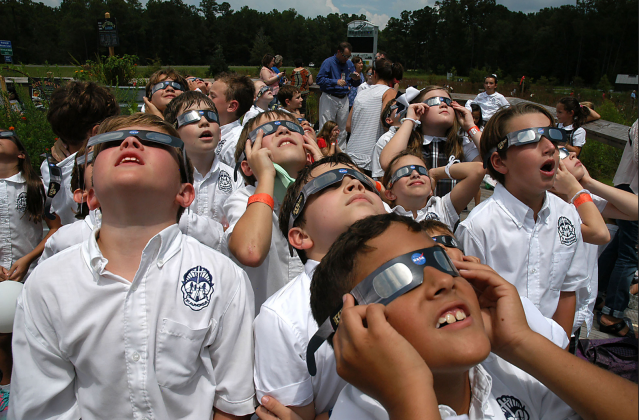
Science Activation
The Science Activation (SciAct) program provides opportunities for diverse learners of all ages across the Nation to engage in authentic science experiences using NASA Science content, supported by NASA science experts, and offered through community-based learning providers. SciAct’s main program objectives include enabling STEM education, improving U.S. scientific literacy, advancing national education goals, and leveraging efforts through partnerships, each of which is supported by a set of mid-level objectives developed in response to guidance from a rigorous National Academies of Science, Engineering, and Medicine (NASEM) assessment of the SciAct program in 2019.
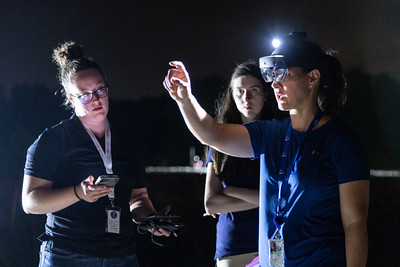
National Space Grant College and Fellowship Project
Space Grant is a national network of colleges and universities. These institutions are working to expand opportunities for Americans to understand and participate in NASA’s aeronautics and space projects by supporting and enhancing science and engineering education, research, and public outreach efforts. The Space Grant national network includes over 1000 affiliates from universities, colleges, industry, museums, science centers, and state and local agencies. The 52 consortia fund fellowships and scholarships for students pursuing careers in STEM, as well as curriculum enhancement and faculty development. Member colleges and universities also administer precollege and public service education projects in their states.

